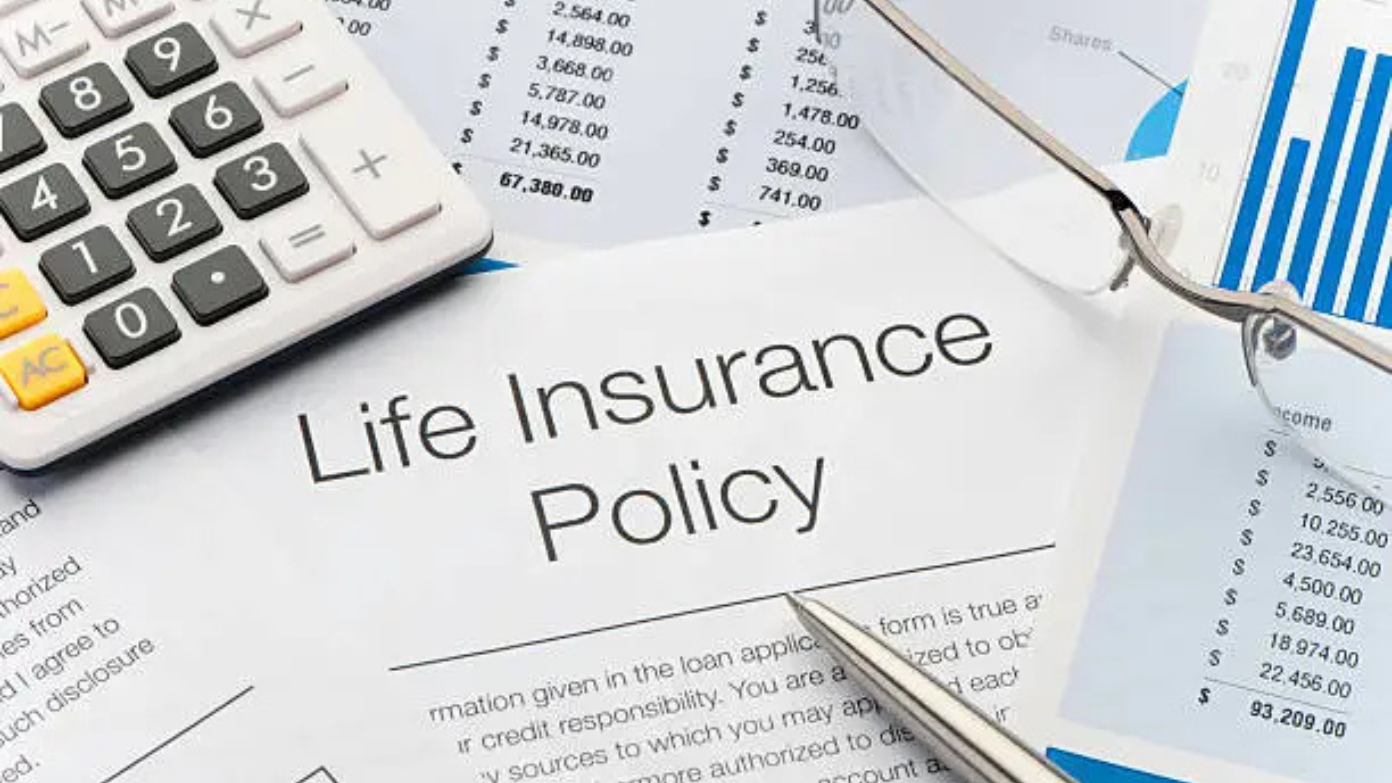Life insurance is an important financial product that gives you peace of mind that your loved ones will be well provided for financially if you pass away. With all the life insurance policies available, it can be daunting to choose the most appropriate one. In this article, we will walk you through the different types of life insurance and offer you tips on how to choose the most appropriate policy for your situation.
Types of life insurance
Life insurance comes in two principal types: term life insurance and permanent life insurance. Both these categories of life insurance are sub-divided with the following categories having their own advantages.
Term Life Insurance
Term life insurance is for a fixed period of years, typically 10 to 30 years. It is less expensive than permanent insurance and is ideal for those who need coverage for a specific period of time, like raising children or paying off a home loan.
- Features:
- Coverage for a specific number of years.
- Premiums are fixed and paid for the term.
- No cash value component.
- Advantages:
- Low premiums.
- Ideal for short-term financial needs.
- Disadvantages:
- Coverage continues until term’s end unless it is renewed.
- Renewals usually are at a higher premium.
Permanent Life Insurance
Permanent life insurance insures you for life if premiums are paid. It has a cash value component that accrues over time.
Whole Life Insurance
Whole life insurance has a guaranteed death benefit and premium, as well as guaranteed increase in cash value at a stated interest rate.
- Features:
- Insurance for life.
- Fixed death benefit and premiums.
- Cash value feature.
- Benefits:
- Fixed premiums.
- Life insurance.
- Access to cash value.
- Disadvantages:
- Costlier in the first place than term life.
- Not as flexible as other permanent types.
Universal Life Insurance
Universal life insurance offers flexible premiums and death benefits, with cash value accumulation on the basis of market interest rates.
- Characteristics:
- Coverage for life.
- Premium and death benefit adjustable.
- Interest rate-based build-up of cash value.
- Advantages:
- Premium payment flexibility.
- Greater potential for build-up of cash value.
- Disadvantages:
- Complexity in controlling premiums and death benefits.
Variable Life Insurance
Variable life insurance enables you to invest your cash value in a wide range of investment vehicles, which have the possibility of higher earnings but with higher risks.
- Features:
- Permanent coverage.
- Death benefit and premiums adjustable.
- Invested cash value in mutual funds or stocks.
- Advantages:
- Investment potential for higher earnings.
- Premium payment flexibility.
- Disadvantages:
- Investment risks potentially lowering cash value and death benefit.
Other types of life insurance
- Final Expense Insurance: Paid to take care of funeral and burial expenses, typically providing a smaller death benefit.
- Mortgage Life Insurance: Pays mortgage debt should you die, listing the lender as beneficiary.
- Dependent Life Insurance: Takes care of the cost of your spouse’s or dependent child’s death.
Hints about selecting the best life insurance
There are a number of steps to select the best life insurance policy:
1. Determine your financial needs
Determine how much coverage you can afford on the basis of income replacement, existing debts, and future expenditures such as education or wedding expenses. A guideline is 10 to 15 times your salary.
2. Find your budget
Utilize online premium calculators to compute policies that you can afford. Shop around and compare prices for different plans so that you obtain the best available coverage for your money.
3. Choose the right policy term
For term insurance, select a term corresponding to your financial obligations. For permanent insurance, select the one based on your long-term needs and financial health.
4. Look at additional features
Select policies with riders that provide additional cover, e.g., critical illness or accidental death benefit.
5. Select a reliable insurer
Select insurers with high claim settlement ratios and good financial strength ratings.
6. Read policy documents thoroughly
Read all terms and conditions prior to buying a policy.
7. Take professional advice
Take advice from a financial planner if necessary so that the policy is appropriate for your overall financial plan.
The appropriate life insurance policy demands careful consideration of your money situation, goal, and desire. With this knowledge of varying forms of life insurance and working through the choosing of a plan in a systematized approach, you are able to leave your loved ones well taken care of and protect your financial legacy. With your choice of term life, whole life, or another form of coverage, being sure to get a policy which suits your goals and gives comfort for the long term is crucial.

